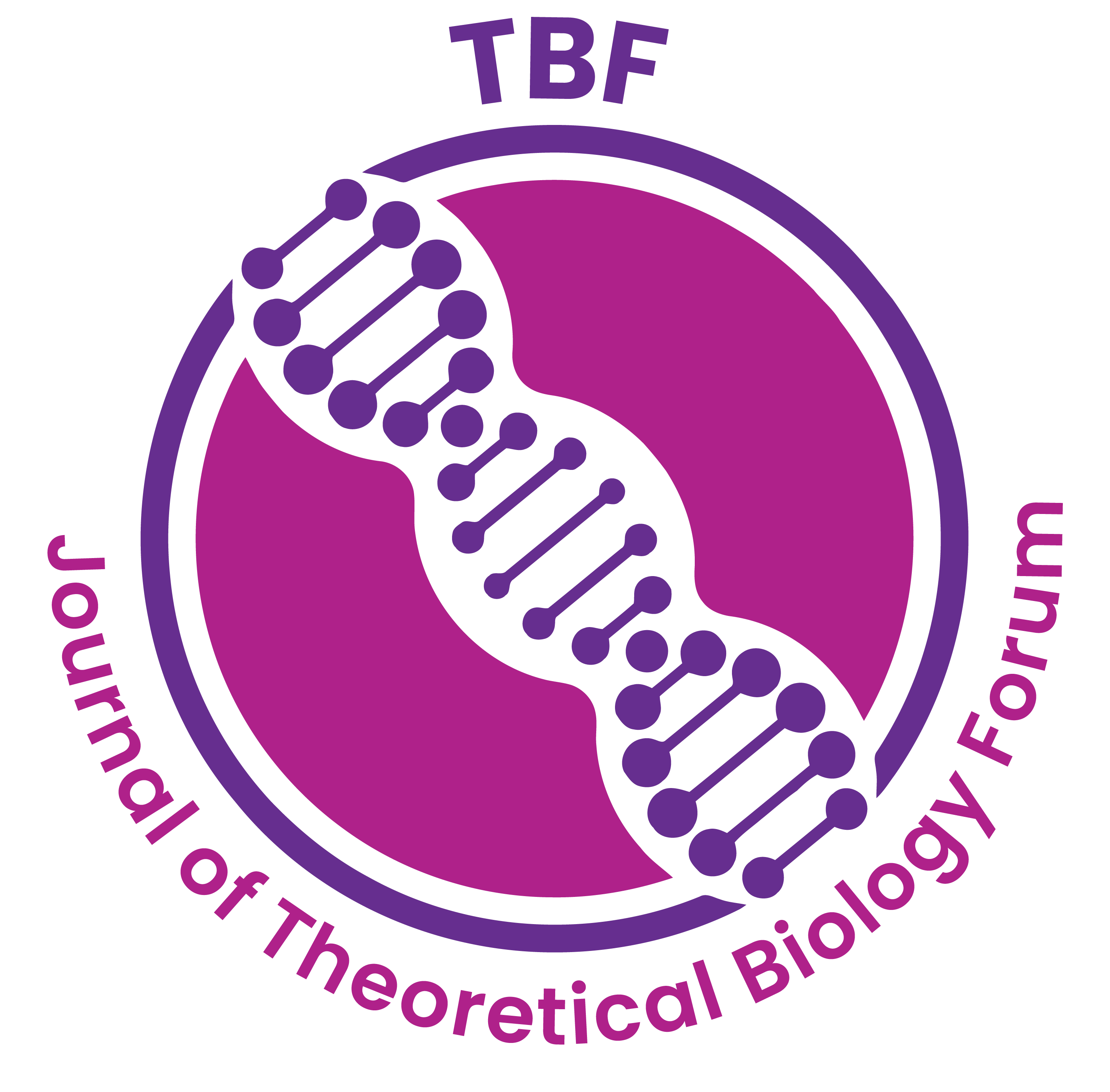Reverse Breeding and Geneticsfor Targeted Heterosis and Functional PlantGenomics
Shivam Sharma1* , Sonia Sood2 , D.R. Chaudhary3 , Viveka Katoch4 , Harish B.M5 , Neha Sharma6 , Shubham Thakur7 , Anuj Choudhary8*
Abstract:
Hunger and malnutrition are major issues that plague much of the world’s population of almost 7.5 billion and are estimated to be up to 9 billion by 2050. So, needs new strategies to feed the world.The most expected outcome of the heterosis breeding program is to get a hybrid superior in traits of interest i.e., yield, quality, and growth characteristics. But this statement is not true for always. In addition, they can be inferior and the underlying mechanism behind this is still unknown and understood to date limiting hybrid stability. In this review, we focussed on a novel plant breeding strategy using engineered meiosis i.e., gene silencing to create 100% true homozygous parental lines instead of nearly homozygous inbred lines of conventional plant breeding programs along with genetic tools of reverse genetics i.e., insertionalmutagenesis, ectopic expression, and Target Induced Local Lesions in Genome(TILLING) for functional plant genomics.

